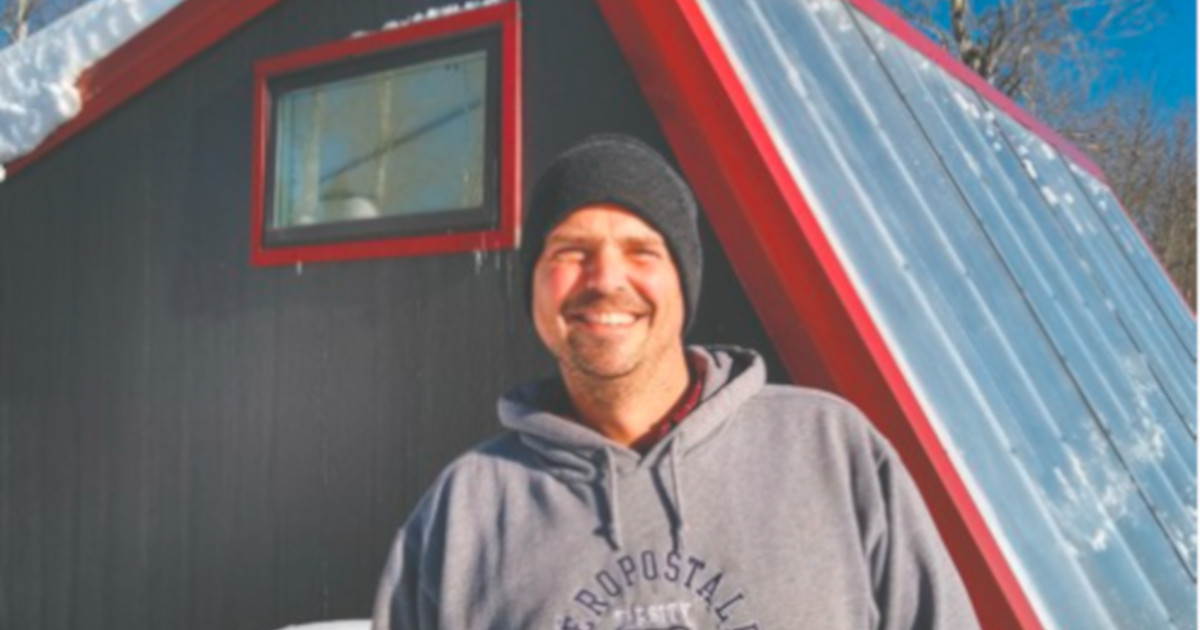
Deep Winter Greenhouses Ensure Bountiful Harvests Year-Round
We are in the depths of winter in northern Minnesota, even though we have just passed Groundhog Day (or Imbolc if you follow earth-based nature festivals), which is the half-way point between the Winter Solstice and the Spring Equinox, we still have plenty of winter left. Our outdoor growing season is long gone, but leave it to Minnesotans to invent a way to grow greens in the winter using materials you can easily get up here. Lumber, glass, big rocks, dirt, and sunshine is all you need for a Deep Winter Greenhouse.
February 12, 2021 | Source: Hometown Focus | by Marlise Riffel
We are in the depths of winter in northern Minnesota, even though we have just passed Groundhog Day (or Imbolc if you follow earth-based nature festivals), which is the half-way point between the Winter Solstice and the Spring Equinox, we still have plenty of winter left. Our outdoor growing season is long gone, but leave it to Minnesotans to invent a way to grow greens in the winter using materials you can easily get up here. Lumber, glass, big rocks, dirt, and sunshine is all you need for a Deep Winter Greenhouse.
The Deep Winter Greenhouse (DWG) has gone through several re-designs, but it all started with a book by Carol Ford and Chuck Waibel in 2009 titled The Northlands Winter Greenhouse Manual. They lived in Chippewa County, Minnesota, several hours south of here, but the idea caught on with growers in the far north too.
As part of a statewide initiative, the University of Minnesota Regional Sustainable Development Partnerships (RSDP) have worked with the College of Design’s Center for Sustainable Building Research to develop construction documents for three DWG designs. University of Minnesota Extension has conducted ongoing studies of each successive design. The RSDPs funded the construction of five models for the first design, DWG 2.0., in conjunction with community partners. They were completed in 2017 and 2018, so they’ve been operational for a while. The closest ones to us are in Finland (at the Organic Consumers Association’s Agroecology Center) and in Bemidji (at the Bemidji Community Food Shelf).
